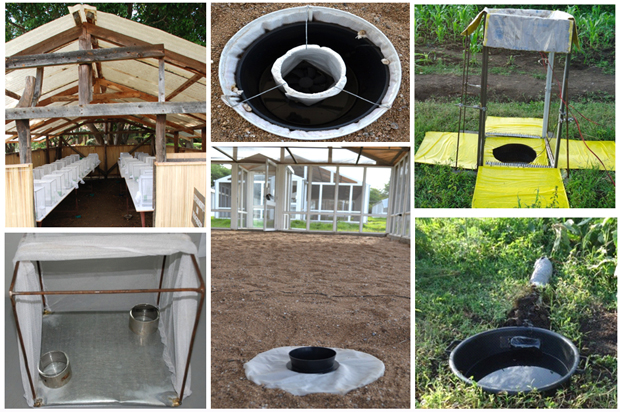Mosquitos' natural attractant is used to fight malaria
Health
The battle against malaria is also a battle against its natural host, the mosquito, which means disrupting the insect's lifecycle is every bit as important as putting nets over beds. Now, an international research team has discovered what attracts mosquitos to lay their eggs in specific places.

"We have been able to show that it is no coincidence where mosquitos lay their eggs," says Jenny Lindh, a researcher from KTH Royal Institute of Technology. "They use both vision and their sense of smell."
With this finding, the research group OviART is designing mosquito traps that could help cut down the population of the genus, Anopheles, which is the primary vector of malaria.
Experimenting with different soil and water mixtures, the research team concluded that a constituent of earth found in breeding sites near Kenya's Lake Victoria — a substance called cedrol — is particularly attractive to the malarial mosquito, precisely at the time when the female is ready to ovulate.
"This is the first time we have been able to prove that Anopheles react to a particular substance when they are looking for nesting," Lindh says. "This is a big step, to prove that it is possible to lure the mosquito to a specific spot with an attractant."

That knowledge is being used to test traps in Kenya that can compete with mosquitos' preferred spots, natural puddles big and small. The mosquito traps employ fans to spread the fragrance and to suck the mosquitos in, Lindh says.
But before declaring victory, the researchers must make sure their traps work in environments with different kinds of conditions. "We have identified a substance that mosquitos are attracted to but it's highly probably that they also react to other substances," she says. "The more we know the more effective we will be in limiting the number of malaria cases."
The project is a collaboration between KTH, the International Centre of Insect Physiology and Ecology in Kenya and LSHTM, and Durham University in England.
The results were published by the OviART research group, which is comprised of KTH, Kenya's Centre of Insect Physiology and Ecology, the London School of Hygiene & Tropical Medicine, and Durham University in UK.
Funding comes from National Institute of Allergy and Infectious Diseases (NIAID) of the National Institutes of Health, R01AI0882537.
Peter Larsson/David Callahan
The article is available at www.malariajournal.com/content/14/1/119/abstract
For more information, contact Jenny Lindh at +46 73-320 89 65 or jenlindh @ kth.se .

